 On my blog tour for Blue Wicked, Gordon asked me to do a post about the locations I’d used in the book, so for my second visit to GrabThisBook, I suggested a follow up post on how I found the London locations for Bloq.
On my blog tour for Blue Wicked, Gordon asked me to do a post about the locations I’d used in the book, so for my second visit to GrabThisBook, I suggested a follow up post on how I found the London locations for Bloq.
Bloq is the story of a Glasgow man, Bill Ingram, a very ordinary husband and father who lives in a pleasant suburb of the city. He’s a civil engineer; a man who does his job well and lives a quiet life.
On Christmas Eve, he’s waiting in Glasgow’s Central Station for his daughter, Carol, a journalist working in London, who’s returning home to spend Christmas with him. When she doesn’t get off the last train, he knows something is badly wrong. He returns home, but sitting by the telephone, waiting for her to call, he makes the decision to drive to London to find out what has happened to her.
Up until that point, I was great with the locations. I’ve been in Central station thousands of times; I know the suburb in Glasgow where Bill lives. I can see him driving home up the switchback, sick with worry.
But I’ve been to London maybe half a dozen times in my life and I really didn’t know it well at all. I pretty much had the plot in my head, and I knew that I needed five or six key locations at least. I’d used google earth to find those I needed for my last book, Blue Wicked, but I was looking for very specific spots in an area that I was much more familiar with, so I knew where to look. This was different.
The first one wasn’t too difficult. I’d stayed in London thirty years ago with friends in Camden, and I remembered it as an ideal location for Carol’s flat. Google maps proved to be much better than google earth in a city environment, and street view has improved to the point where I could almost feel that I was walking about the streets of London, but with the ability to teleport myself to anywhere in on the map at the touch of a mouse. Within a short while, I’d found a street that matched the one in my mind’s eye.
The next bit blew me away; I was looking for a bar where Bill would have gone to grab something to eat and have a couple of pints after a long day treading the streets looking for his daughter, so in Streetview, I made my way from carol’s flat down to Camden High Street, and walked along it looking for a traditional bar. I had in my mind that it would be the sort of place that Bill would choose. I found one, The Elephants Head, situated only 10 minutes’ walk from the flat, as calculated by the Google maps, and had a closer look at it. To my amazement, when I clicked on the doorway, I was inside the bar, looking at the interior. It was like something out of Alice in wonderland! Not only was I in the bar, but I could move around inside, checking out the layout as if I was there. I even tried going up to the bar to see if I could order a pint, but it wasn’t that good!
 I hadn’t realised that this was available in Streetview, so I wasted the next hour finding places to go into, just for the fun of it. Check it out yourself; it’s phenomenal. Just enter ‘The Elephants Head, Camden’ into google maps and drop the little Streetview man outside it.
I hadn’t realised that this was available in Streetview, so I wasted the next hour finding places to go into, just for the fun of it. Check it out yourself; it’s phenomenal. Just enter ‘The Elephants Head, Camden’ into google maps and drop the little Streetview man outside it.
For the nightclub that gives the book its title, I had a converted warehouse in my mind, and I wanted it to be in one of the less fashionable areas of London. I’d already written some of the scenes that happen at the nightclub, so I had a much longer list of specific requirements that needed to be just right. Why didn’t I just make the place a complete figment of my imagination, I hear you ask, and it’s a fair question.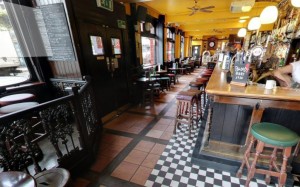
I find it easier to write if I can totally immerse myself in the story, and having real locations definitely helps. If I believe the narrative one hundred percent, I hope the reader will too, but I do tinker sometimes with the detail a bit, to make it fit in with the plot.
After looking at seven or eight places in Bethnal Green, and finding nothing suitable, I moved my search south of the river. It was time consuming, but worth it, because I eventually found the perfect place in Walworth. It had all the right attributes, and I could see the changes that the builders would make to transform it into the nightclub of my imagination. A tarted up exterior with a new ostentatious doorway that had a certain look about it would make it perfect for the job, and it had a car park wedged between it and the church next door that ran the whole length of the building, just as I wanted.
I always imagined Alexander Gjebrea, one of the main characters, living in an uber-modern Grand Designs style house in one of the more affluent boroughs of London, so I checked on Google to see which areas were the most desirable. Islington seemed to fit the bill, and I did a Google search for modern houses in the area and came up with a development that was just perfect. It even had an online brochure from the developer with detailed plans and pictures of the interior.
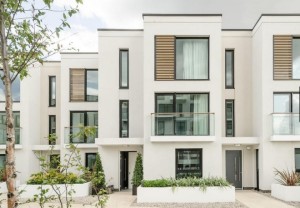 For the story, I altered these a little and added some bling, to fit in with the story and the character.
For the story, I altered these a little and added some bling, to fit in with the story and the character.
I emailed Martin Stanley, a London author who I’d been introduced to, mentioning two or three of the key locations and asking him if they made sense. According to him they did.
I meant to get to London myself to check out all the locations, and physically travel between them to get the feel of what the characters would have to put up with, getting from one to another, but work and life got in the way, and it just didn’t happen, so I decided that I needed a couple of proof readers who knew London well to check out the first draft for authenticity in its setting.
I had a friend in London, Nick Short, who’d read my first two books, and he generously agreed to read Bloq for me and check out its London credentials. For the other proofreader, I asked the members of The Crime Book Club on Facebook (I’m a member there) if anyone fancied helping out, and I got a quick reply from an extremely nice lady, Rowena Hoseasons, who said she was a book blogger at www.murdermayhemandmore.net and she was willing to read it through for me.
Both my London beta-readers were a godsend. They said that, on the whole, I’d got it almost right, but they came back with a list of tweaks about living in London that they thought would enhance the realism of the book, all of which I incorporated into my first edit.
It was mainly issues like traffic congestion, bus lanes, Oyster cards, parking nightmares, cyclists and ways in which I could beef up the manic and multicultural nature of London life.
I’m extremely grateful for her and Nick’s help in improving Bloq’s depictions of London.
All of the locations in the book exist, although I’ve altered some details in a few of them, and one day I’ll jump on a train to London and go round and visit than all. I’ll be almost disappointed when I turn into Browning street and there’s no bright neon sign, ’BLOQ’ above a nightclub doorway half way along, next to the church.
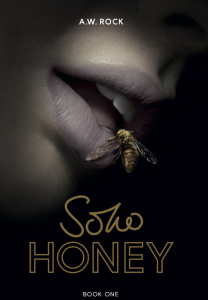 This contemporary crime story takes place over three weeks in November and unfolds against the multi-cultural backdrop of Soho, London.
This contemporary crime story takes place over three weeks in November and unfolds against the multi-cultural backdrop of Soho, London.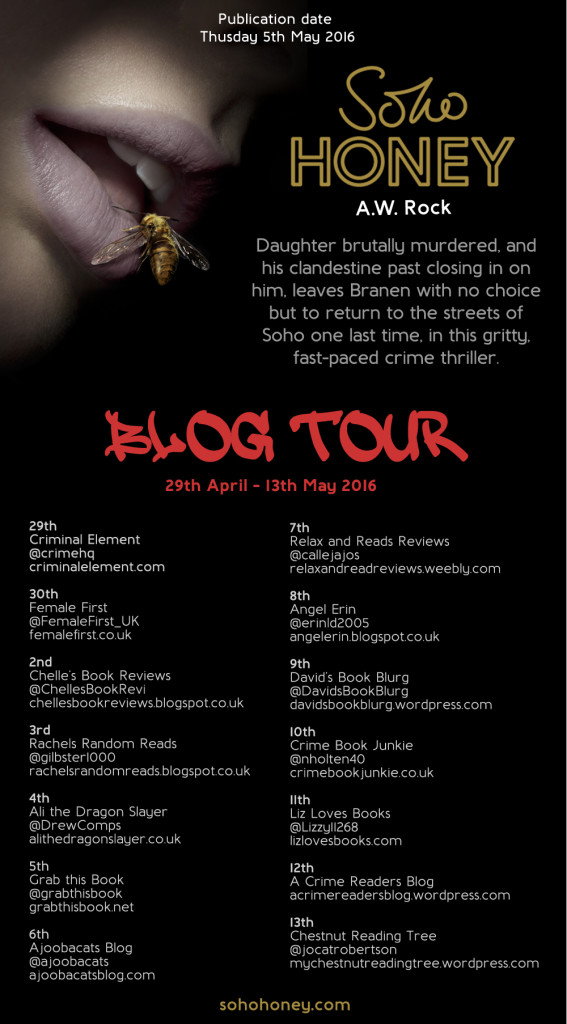
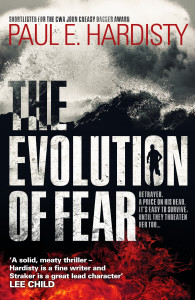
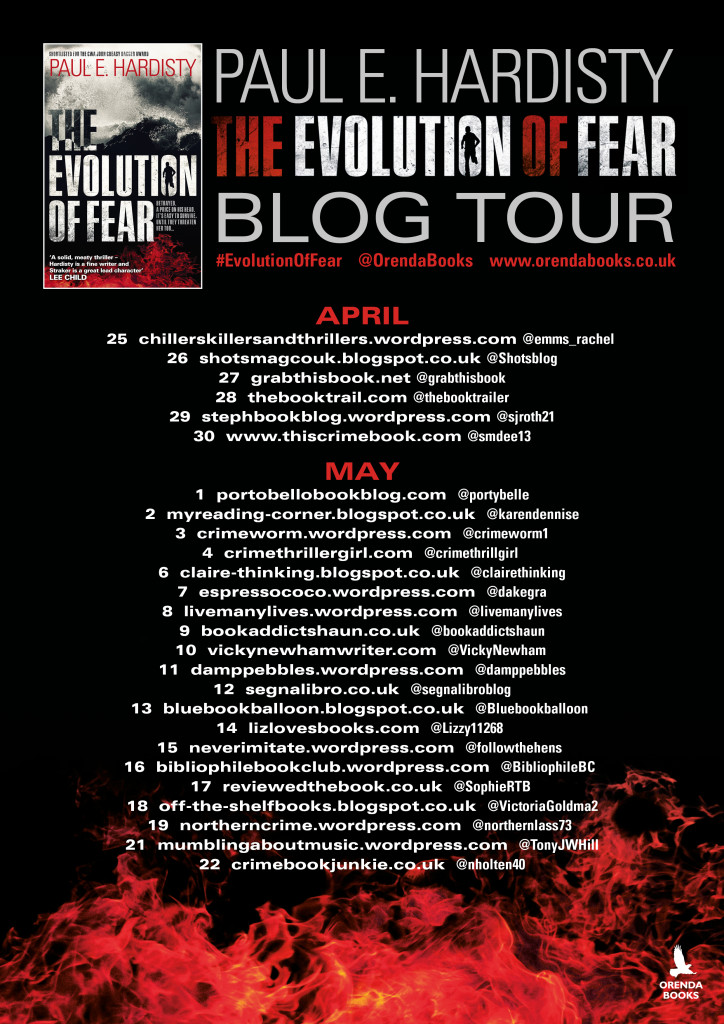
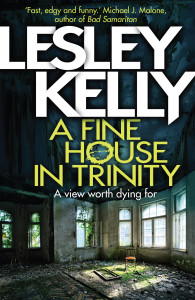
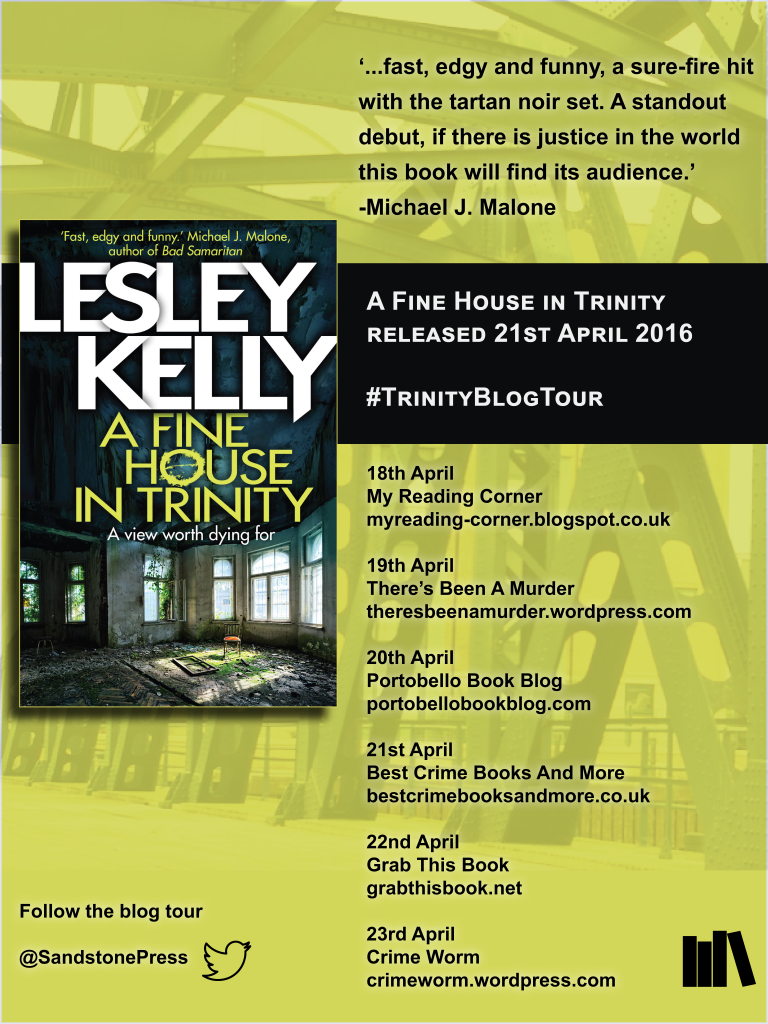

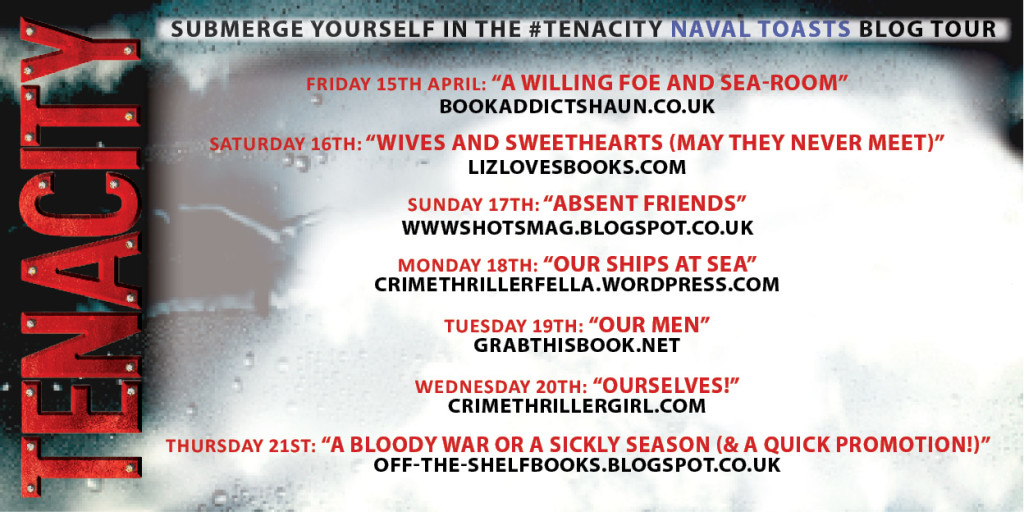




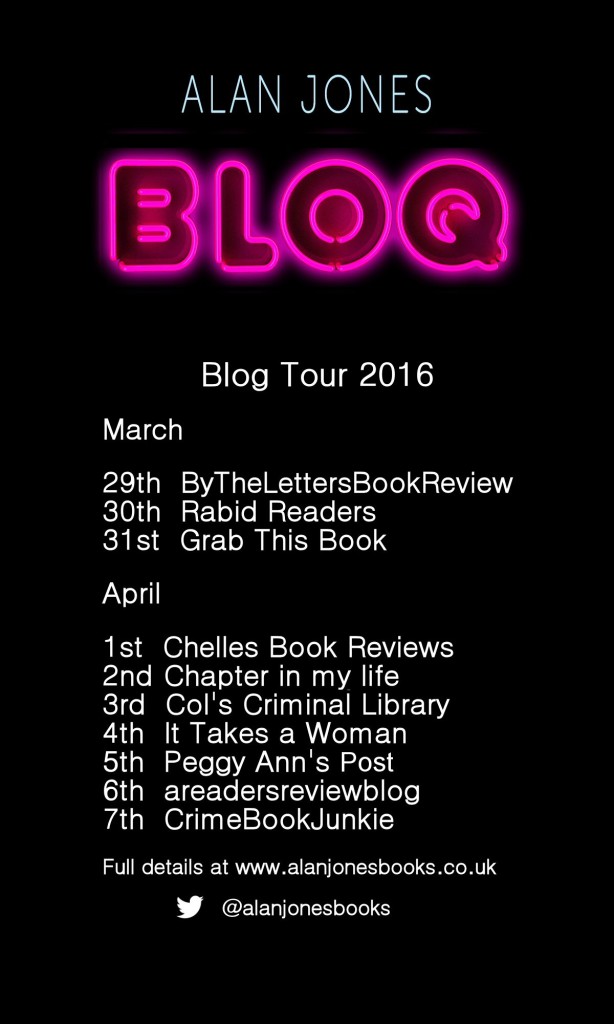
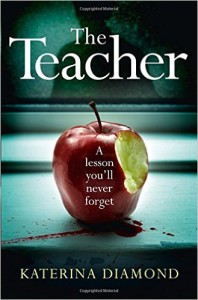
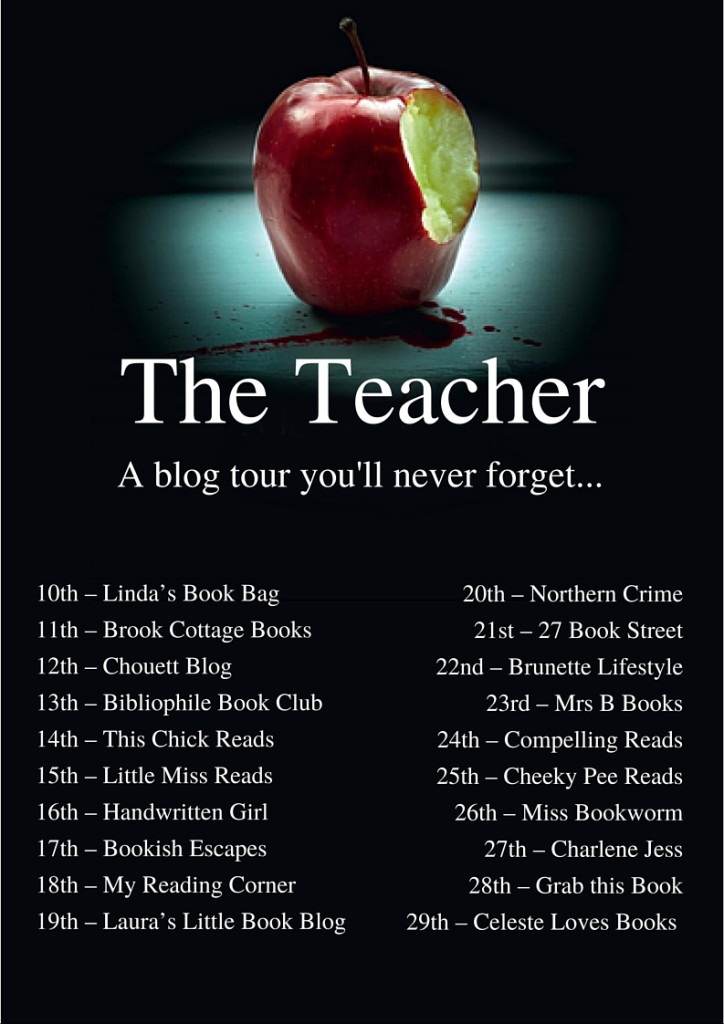
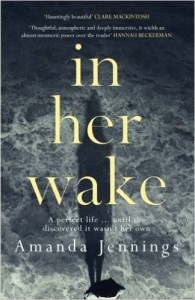
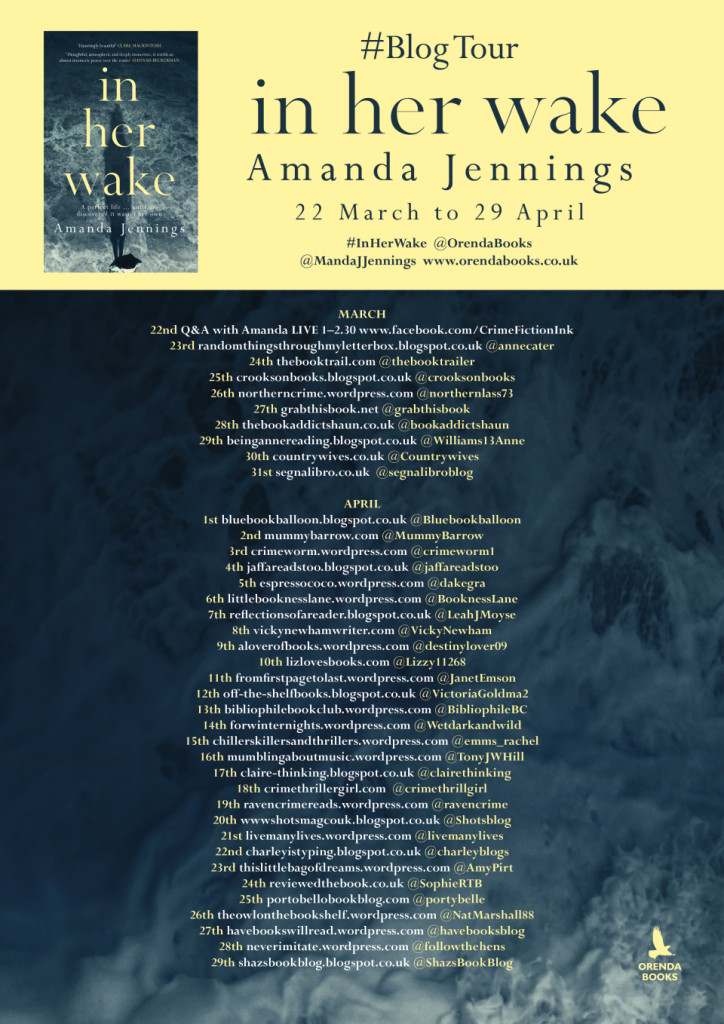
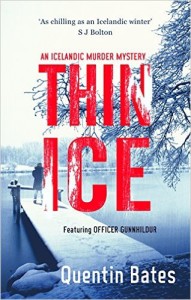
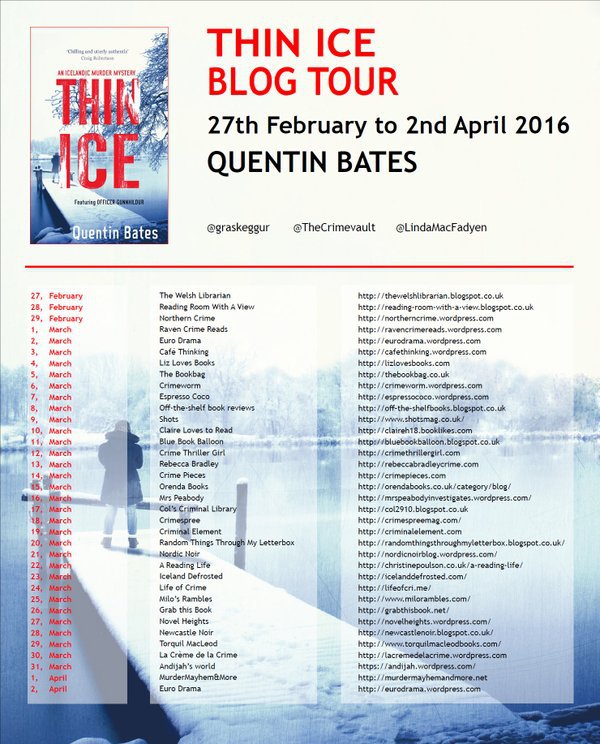
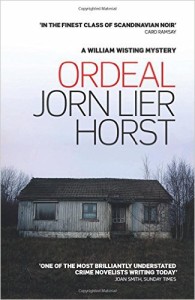
![Ordeal Blog Tour twitter [183486]](https://grabthisbook.net/wp-content/uploads/2016/03/Ordeal-Blog-Tour-twitter-183486-768x1024.png)